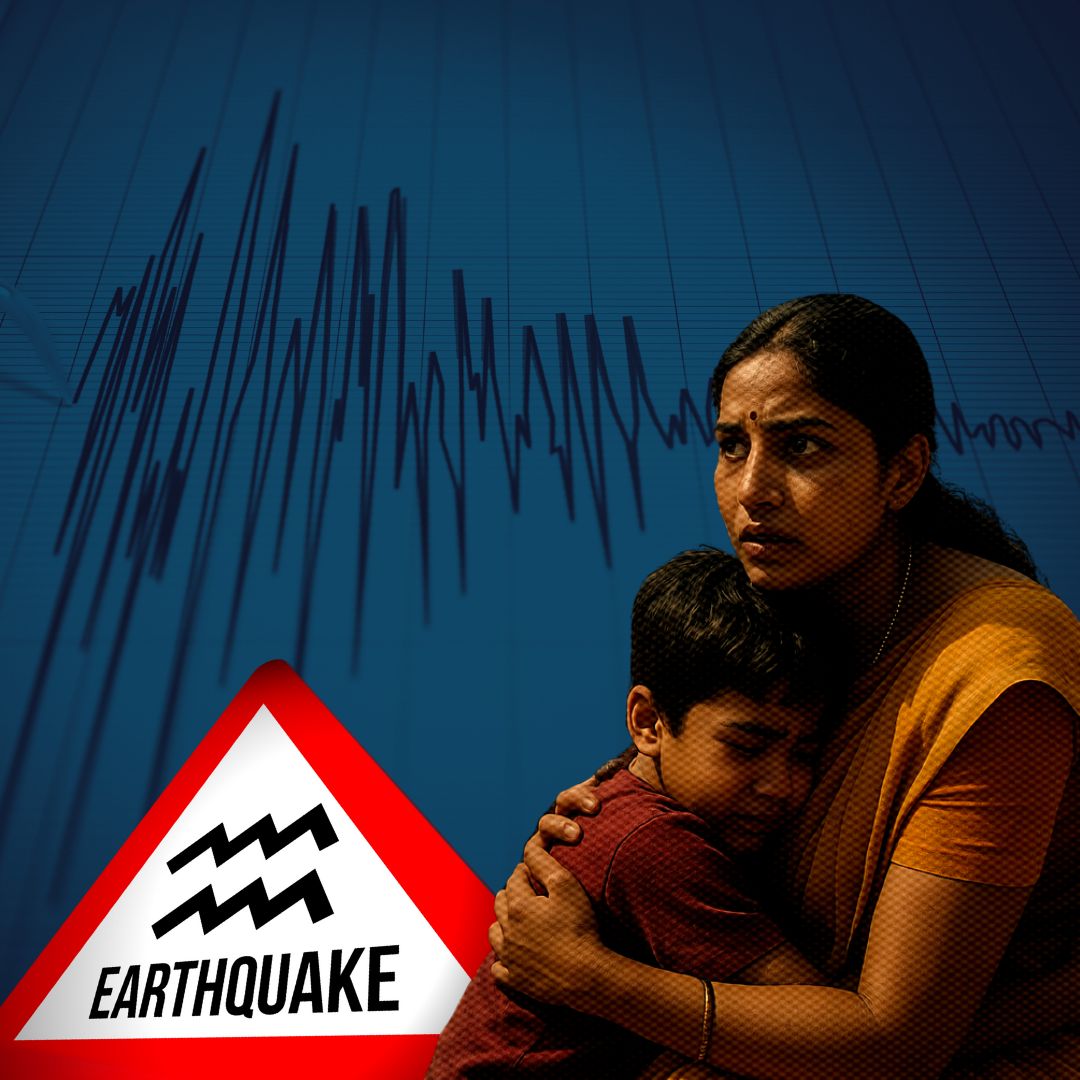A magnitude 5.9 earthquake struck Afghanistan’s Hindu Kush region at 4:43 a.m. IST on Wednesday, 16 April 2025, rattling parts of northern India, including Delhi-NCR, according to the National Centre for Seismology (NCS).
The quake, occurring at a depth of 75 km, prompted widespread public alarm but caused no immediate casualties or structural damage. Conflicting magnitude assessments from global agencies and urgent calls for disaster preparedness in vulnerable regions have dominated discussions.
Revised Magnitude and Conflicting Assessments
The earthquake’s epicentre was pinpointed at latitude 35.83°N and longitude 70.60°E, approximately 164 km east of Afghanistan’s Baghlan province.
While the NCS confirmed a magnitude of 5.9, the European-Mediterranean Seismological Centre (EMSC) initially reported a 6.4 magnitude before revising it to 5.6. This discrepancy, experts explain, arises from differing methodologies in measuring seismic waves.
Dr. OP Mishra, Director of NCS, clarified, “Our readings are calibrated for regional tectonic patterns, which ensures accuracy in South Asian contexts.” The quake’s 75 km depth likely absorbed much of its destructive potential, sparing densely populated areas from severe impact.
Social Media Buzz and Public Response
Within minutes of the tremors, #DelhiEarthquake trended on X (formerly Twitter), with users sharing videos of shaking furniture and oscillating ceiling fans. “Woke up to my bed shaking—thought it was a dream until I saw the curtains swaying,” tweeted a Gurugram resident.
Many criticised the lack of official alerts, reigniting debates about India’s disaster preparedness. “Why does Japan get 10-second warnings while we rely on Twitter?” asked one user. The National Disaster Management Authority (NDMA) later issued a statement urging calm, confirming no damage reported in India.
Afghanistan’s Dual Crisis: Tectonic and Humanitarian
The Hindu Kush region, part of the collision zone between the Indian and Eurasian tectonic plates, experiences near-annual quakes.
Afghanistan’s fragile infrastructure, compounded by decades of conflict, exacerbates its vulnerability. The UN Office for the Coordination of Humanitarian Affairs (UNOCHA) noted that 2023’s Herat earthquake (magnitude 6.3) displaced over 40,000 people.
“Recurring disasters strain limited resources, leaving communities in perpetual recovery mode,” said a Red Cross spokesperson. Local NGOs report that 70% of Afghan homes lack earthquake-resistant designs, a critical gap in risk mitigation.
The Logical Indian’s Perspective
This near-miss underscores the interconnectedness of disaster resilience and socio-political stability. While India’s robust infrastructure likely averted a crisis, Afghanistan’s plight reminds us that natural disasters disproportionately affect fragile states.
Collaborative initiatives—like India’s 2021 pledge to fund disaster-resilient housing in Afghanistan—must be revived to bridge this gap. As climate change intensifies geological risks, can we afford to let geopolitical tensions hinder cross-border humanitarian cooperation? Share your thoughts below.
EQ of M: 5.9, On: 16/04/2025 04:43:58 IST, Lat: 35.83 N, Long: 70.60 E, Depth: 75 Km, Location: Hindu Kush, Afghanistan.
— National Center for Seismology (@NCS_Earthquake) April 15, 2025
For more information Download the BhooKamp App https://t.co/5gCOtjcVGs @DrJitendraSingh @OfficeOfDrJS @Ravi_MoES @Dr_Mishra1966 @ndmaindia pic.twitter.com/cdndqE0OQR











